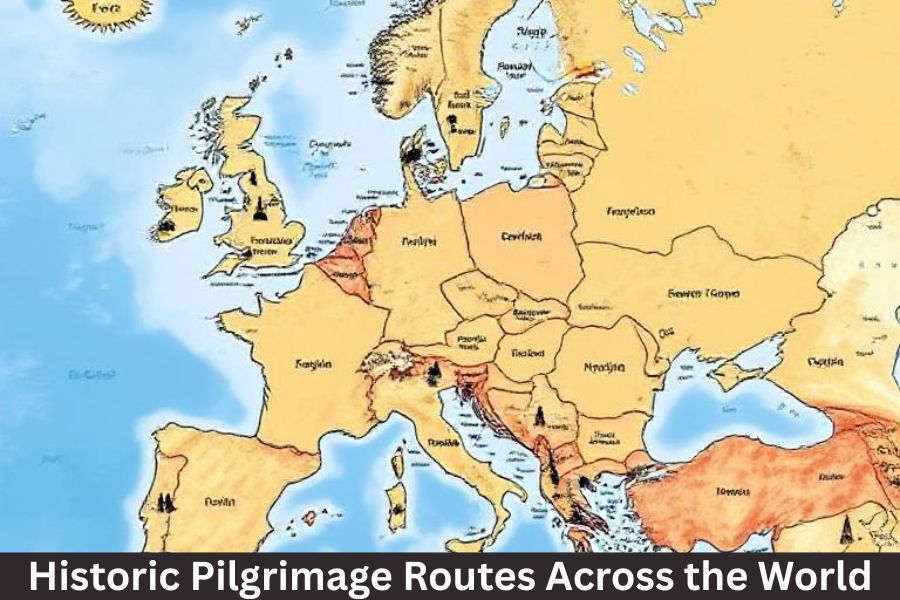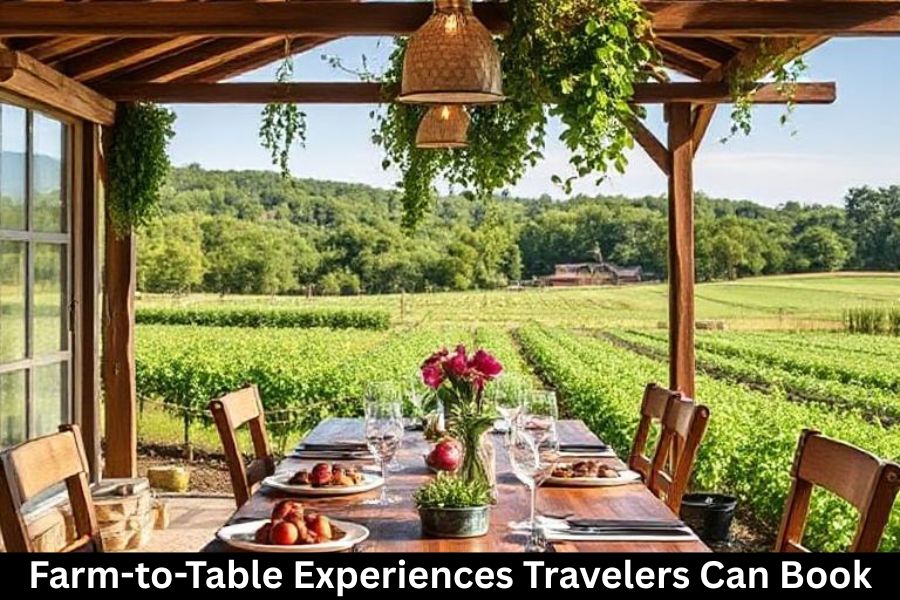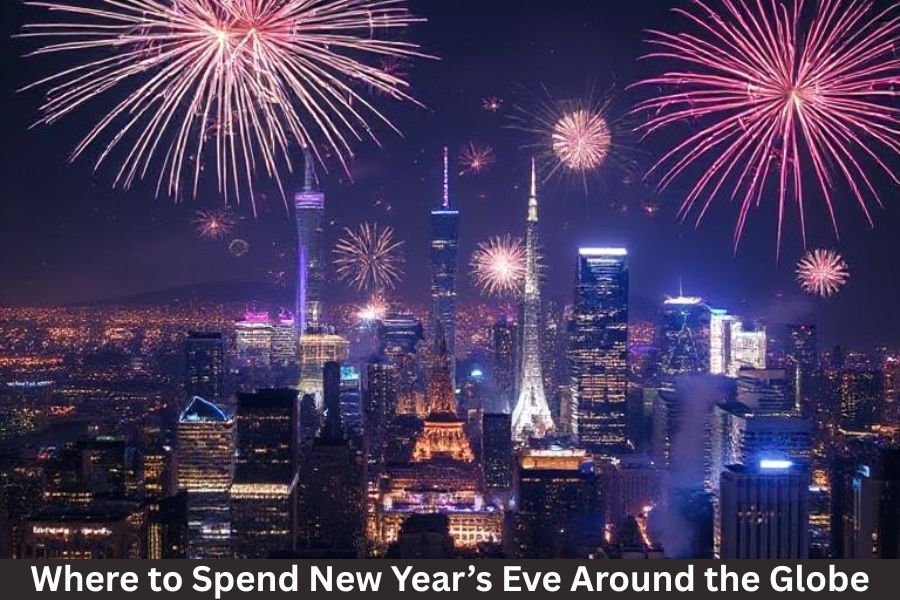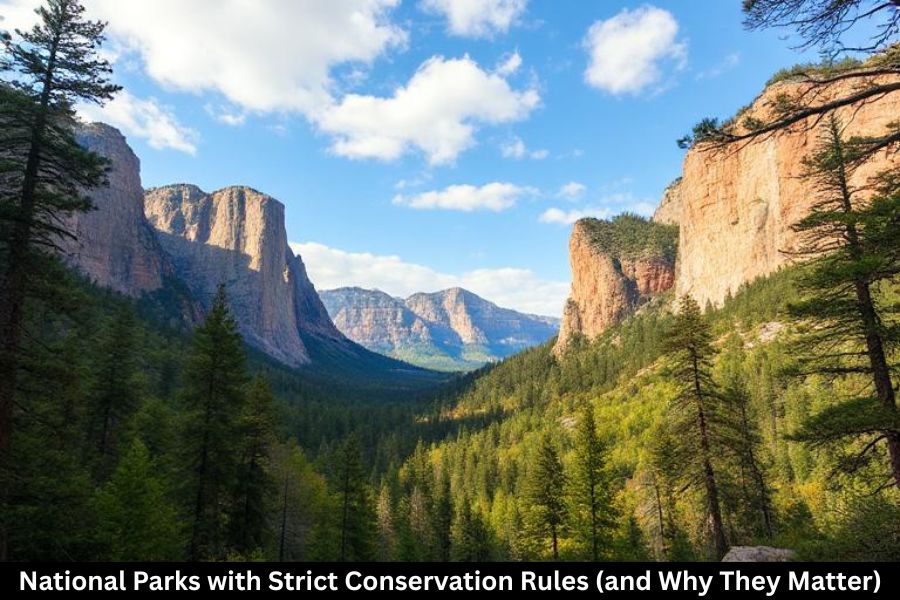Pilgrimages are more than just long walks—they are soul journeys. Whether rooted in religious devotion or personal transformation, historic pilgrimage routes across the world offer paths of meaning, healing, and reflection. These trails wind through mountains, temples, deserts, and villages—each step echoing centuries of devotion and discovery.
Why Pilgrimage Travel Still Matters
In our fast-paced, tech-driven lives, walking these ancient routes can feel like hitting the pause button. It’s a reset—physically, emotionally, and spiritually.
Sacred Journeys with Timeless Impact
From Christian routes in Europe to Buddhist trails in Asia, pilgrimages blend physical challenge with deep introspection. You don’t have to be religious to experience something profound. These routes offer connection—to the land, to history, and to oneself.
The Camino de Santiago (Spain)
Route Overview
Also known as the Way of St. James, this pilgrimage leads to the Cathedral of Santiago de Compostela in Galicia, where St. James is believed to be buried.
- Length: Varies (the French Way is ~500 miles)
- Duration: 4–6 weeks for full route
- Popular Start: St. Jean Pied-de-Port, France
Modern-Day Pilgrims’ Experience
Pilgrims of all backgrounds walk the Camino—for faith, healing, fitness, or fun. Expect albergues (pilgrim hostels), shell markers, and “Buen Camino!” greetings from strangers who become lifelong friends.
The Kumano Kodo (Japan)
A Sacred Network of Trails
These trails crisscross Japan’s Kii Peninsula and connect three major Shinto shrines—Hongu Taisha, Nachi Taisha, and Hayatama Taisha.
UNESCO World Heritage & Cultural Immersion
Experience forested paths, ancient tea houses, spiritual hot springs, and traditional Japanese hospitality.
Pro tip: You can earn a “dual pilgrim” certificate if you complete both the Kumano Kodo and Camino de Santiago.
The Hajj to Mecca (Saudi Arabia)
The Pinnacle of Islamic Pilgrimage
Required once in a lifetime for Muslims who are physically and financially able, Hajj takes place in the 12th month of the Islamic calendar.
Spiritual Preparation and Purpose
It includes a series of rituals performed over five days—from circling the Kaaba to standing on the plains of Arafat.
A deeply unifying experience—millions gather from every corner of the world in prayer.
Mount Kailash Pilgrimage (Tibet)
Sacred to Hindus, Buddhists, Jains, and Bon
Mount Kailash isn’t just a mountain—it’s sacred geography. For Hindus, it’s Shiva’s abode. For Buddhists, it’s the axis of the universe.
Harsh Altitudes and Deep Devotion
The 32-mile kora (circumambulation) is completed in 1–3 days at altitudes over 16,000 feet.
Not for the faint-hearted, but transformative for the soul.
The Via Francigena (Europe)
From Canterbury to Rome
This ancient Roman Catholic route leads through England, France, Switzerland, and Italy—ending at St. Peter’s Basilica.
- Length: ~1,200 miles
- Top Highlights: Alpine passes, medieval towns, Tuscan hills
Historic and Scenic European Journey
Ideal for those seeking solitude, landscapes, and centuries-old churches without the crowds of the Camino.
Shikoku Pilgrimage (Japan)
The 88 Temples of Shikoku
Circle the Japanese island of Shikoku on a 700+ mile route honoring the monk Kukai (Kobo Daishi).
Walking in the Footsteps of Kukai
Pilgrims wear white garb and receive blessings at temples. Some go by bus, others walk the full 30–60 day journey.
You’ll encounter kindness, reflection, and the spirit of “omotenashi” (hospitality).
The Appalachian Trail (USA) – A Modern Secular Pilgrimage
Physical Challenge Meets Mental Clarity
Stretching over 2,000 miles from Georgia to Maine, the AT draws modern pilgrims seeking transformation in nature.
A Spiritual Experience for Many
“Trail magic,” self-discovery, and a break from consumer culture make it a journey of inner awakening—even without religious roots.
Pilgrimage to Lumbini (Nepal)
The Birthplace of the Buddha
A must-visit for Buddhists, Lumbini offers serenity, stupas, and the Maya Devi Temple where Siddhartha Gautama was born.
Peace Parks and Meditation Retreats
Surrounded by monasteries built by Buddhist nations, this UNESCO site radiates peace.
Come for the history, stay for the stillness.
Canterbury Pilgrimage (UK)
From Chaucer to Modern-Day Seekers
Inspired by “The Canterbury Tales”, this route leads from London or Winchester to Canterbury Cathedral, where Thomas Becket was martyred.
Rich History and English Countryside
An easy-to-walk trail full of heritage sites, charming inns, and literary echoes.
Routes to Santiago from France (Chemin du Puy)
The French Start of the Camino
The Le Puy route begins in central France and joins the Spanish Camino. Cobblestone villages, Romanesque chapels, and quiet trails abound.
Medieval Villages and Spiritual Silence
Less crowded than the main Camino routes but equally enchanting for the contemplative traveler.
The Pilgrimage to Varanasi (India)
Sacred Ganges River and Eternal Light
India’s spiritual heart pulses in Varanasi. Pilgrims bathe in the Ganges to wash away sins and attend the mesmerizing Ganga Aarti ceremony.
Ceremonies, Ashrams, and Devotion
Whether you’re meditating in an ashram or lighting a diya (lamp) at the river, Varanasi is a sensory, soulful journey.
Pilgrimage Tips for First-Timers
Spiritual vs Secular Intentions
You don’t need to be religious—many walk for healing, clarity, or honoring a loved one.
Packing Light, Walking Mindfully
Bring essentials only. Pilgrimage is as much about shedding baggage—mental and physical—as it is about the miles.
Conclusion
Across continents and cultures, pilgrimage routes offer more than scenic walks—they offer transformation. Whether you seek spiritual growth, personal healing, or deep connection to history, these trails promise insights with every step. Ancient paths still guide modern feet. So lace up your boots, take a deep breath, and walk where millions have walked before you—not just to arrive, but to awaken.
FAQs
1. Do I have to be religious to walk a pilgrimage route?
Not at all. Many walk for personal growth, peace, or in memory of a loved one.
2. What’s the best time of year to walk the Camino de Santiago?
Spring (April–June) and fall (September–October) are ideal for pleasant weather and fewer crowds.
3. Are there guided pilgrimage tours?
Yes! Many organizations offer group or solo guided pilgrimages, including luggage transfers and accommodations.
4. How do I train for a long-distance pilgrimage?
Start walking daily, increase your distances weekly, and practice carrying a light pack.
5. Can I do shorter versions of famous pilgrimages?
Absolutely. Many routes have shorter stages or alternative starting points for flexible itineraries.



